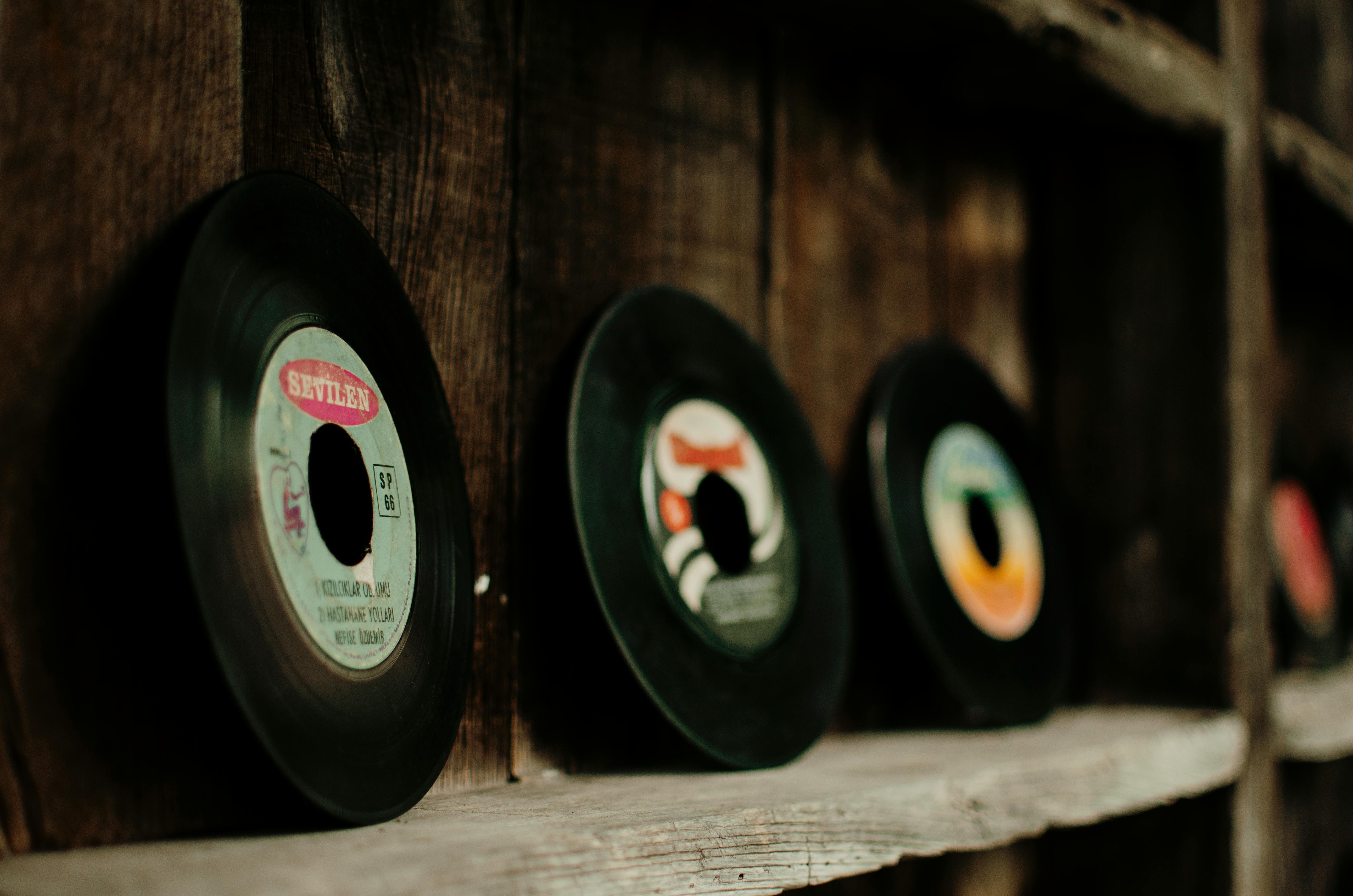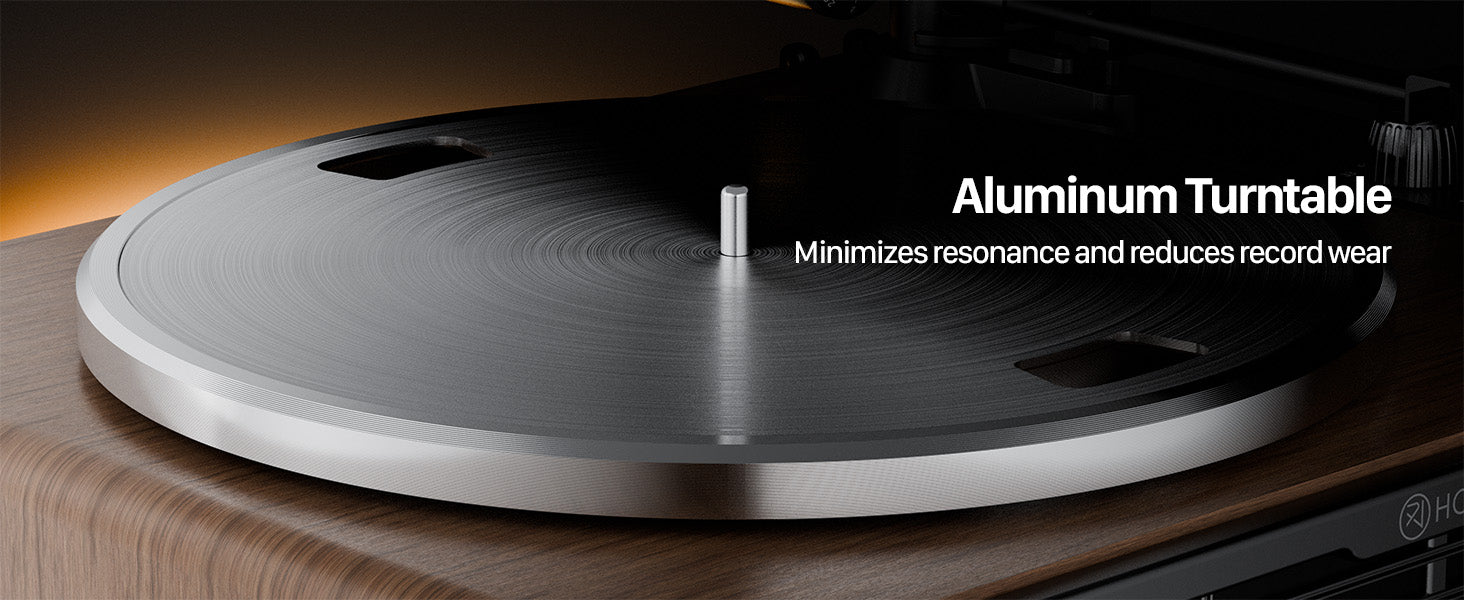Imagine this scene: You’re reading a vintage Batman '66 comic aloud to your child. The Joker has Batman trapped. As you read the climactic panel—a right hook landing squarely on a henchman's jaw—you reach over to your turntable, lift the tonearm, and drop the needle onto a specific band on the record.
BAM!
The sound that erupts from your speakers isn't a clean, sterile digital file from an app. It's a sound with texture, with a hint of vinyl surface noise, with the analog punch of a sound effect recorded decades ago. It feels real. It feels right.
This is the world of the comic book sound effects vinyl—a unique, seemingly bizarre, but secretly brilliant concept. These are not soundtracks. They are not music. They are utility records, tools designed for active participation, and they represent one of the most interesting intersections of analog art and analog sound in the modern era.
The First Principle: This is Not Passive Media
To understand a sound effects record, you must abandon the idea of listening to it from beginning to end. That is not its purpose. This vinyl is an instrument. It is a library of sonic punctuation waiting to be deployed.
This concept has a rich history. In the 1960s and 70s, labels like the BBC released entire LPs of sound effects—"Steam Trains," "Birds of the British Isles," "Explosions"—for use in amateur filmmaking and radio plays. DJs have used "Battle Records" for decades, which are packed with scratches, samples, and vocal stabs for live performance.
The comic book sound effects vinyl is the modern evolution of this lineage. It is designed for you to:
-
Perform: To provide the soundtrack to your own storytelling.
-
Punctuate: To add emphasis, humor, and impact.
-
Play: To interact with your comic collection in a completely new way.
It transforms the silent, static art of the comic book page into a dynamic, participatory event.
The Medium is the Message: Why Vinyl is the Perfect Format
"But isn't there an app for that?"
This is the immediate, logical, and completely wrong question. The choice of vinyl is not a flaw; it is the entire point. Here’s why.
-
The Performance of the Act: Tapping a button on a phone is a weightless, frictionless gesture. The act of selecting a record, placing it on the platter, and physically dropping the needle onto the "POW!" track is a deliberate, tactile performance. It has weight. It has intention. The physical motion of playing the sound effect mirrors the physical action on the comic book page.
-
Sonic Authenticity: The classic onomatopoeia of "BAM!", "POW!", and "ZAP!" belongs to the Silver Age of comics—the analog age. A pristine digital file of these sounds feels anachronistic. A vinyl pressing, however, imparts a natural, era-appropriate character. The sound is colored by the phono cartridge, warmed by the preamp, and grounded by the faint whisper of surface noise. It doesn't sound like a file; it sounds like a memory. It has the same nostalgic texture as a yellowing comic book page.
-
The Artifact Itself: The record can be a beautiful object of art. Imagine a "sunburst yellow" vinyl for "POW!", a "sky blue" vinyl for "WHOOSH!", with record labels designed by a famous comic artist. The object becomes a collector's item in its own right, a perfect companion piece to a prized graphic novel.
The Instrument: Why Your Turntable Matters
If the record is the sheet music, the turntable is the instrument you play. Using this kind of record effectively places unique demands on your hardware that a typical music-listening session does not.
A cheap, low-quality turntable will fail miserably at this task.
-
Slow Start-Up: You need the sound effect to be instant. The slow, wobbly start-up speed of a cheap player will ruin the timing.
-
Inaccurate Cueing: The tonearm on a flimsy player is impossible to place precisely. You’ll spend frustrating seconds trying to find the right track, killing the spontaneity.
-
Poor Sound: The impact—the "POW!"—will be a muffled "thud" on a player with a low-quality stylus and cartridge.
To use a sound effects record as an instrument, you need a turntable with precision, speed, and clarity.
-
A Responsive Drive: A good belt-drive or, ideally for this purpose, a direct-drive motor gets up to speed almost instantly.
-
A Precise Tonearm: A well-balanced tonearm with a proper cueing lever allows you to drop the needle exactly where you want it, on cue.
-
High-Quality Cartridge: This ensures the "BAM!" is sharp, dynamic, and impactful.
A turntable like the XJ-HOME Recoder is surprisingly well-suited for this. It has the precision and quality sound to act as a reliable "instrument." Furthermore, its USB output offers a powerful advantage for content creators—a podcaster or YouTuber can play the authentic vinyl sound effect and record it directly into their computer, capturing that perfect analog character for their digital production.
Conclusion: The Sound of the Page
The comic book sound effects vinyl is more than a novelty. It is a brilliant, playful bridge between two beloved analog mediums. It invites us to break the fourth wall of our own fandom, to stop being just a reader and become a narrator, a performer, a Foley artist for the stories we love.
It gives sound to the silent page, and in doing so, it brings the "POW!" and the "BAM!" roaring back to life.
Understanding Check: Questions & Answers
1. Question: Why is a comic book sound effects vinyl categorized as a "utility record" rather than a traditional music album?
Answer: It's categorized as a "utility record" because its primary function is active use, not passive listening. Like a DJ's battle record or a sound designer's effects library, it is a tool designed to be used for a specific purpose—in this case, for performance, punctuation, and interaction. One does not listen to it from start to finish for musical enjoyment. Instead, one cues up specific, short tracks to deploy them at precise moments, making it an instrument for storytelling rather than a piece of entertainment in itself.
2. Question: From a psychoacoustic and tactile perspective, what makes playing a "BAM!" sound effect from a vinyl record a fundamentally different experience than triggering it from a smartphone app?
Answer: The difference is rooted in physicality and authenticity.
-
Tactile: The physical act of cueing and dropping a needle is a deliberate, weighted performance that requires motor skills and focus. This contrasts with the effortless, weightless tap on a glass screen. The physical action enhances the perceived impact of the sound.
-
Psychoacoustic: The vinyl playback is a mechanical process that imparts a unique sonic character—warmth, subtle distortion, and surface noise. This analog texture feels more "authentic" and era-appropriate to the Silver Age comic aesthetic, tricking the brain into perceiving it as more real and connected to the source material than a perfectly clean, sterile digital file from an app.
3. Question: If a YouTuber wanted to use these authentic vinyl sound effects in their videos, what specific feature on a modern turntable like the XJ-HOME Recoder would be a "game-changer" for them?
Answer: The game-changing feature would be the USB output. This allows the YouTuber to directly connect the turntable to their computer. They can then play the sound effect on the vinyl—capturing its unique analog character—and simultaneously record it as a high-quality digital audio file directly into their editing software. This provides the best of both worlds: the authentic, warm sound of the vinyl source material combined with the convenience and flexibility of a digital workflow, eliminating the need for complex microphone setups.





Leave a comment
All comments are moderated before being published.
This site is protected by hCaptcha and the hCaptcha Privacy Policy and Terms of Service apply.